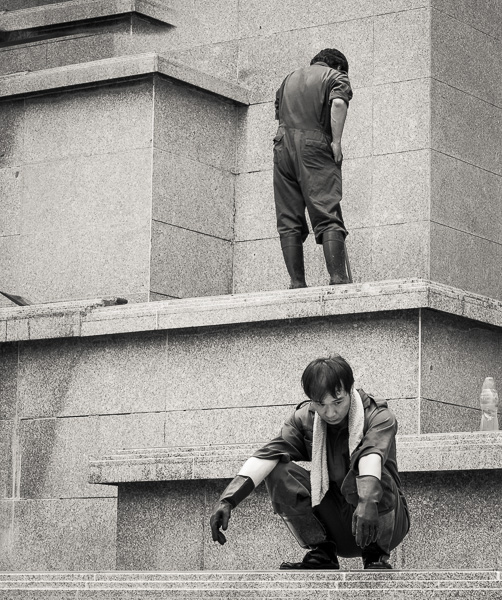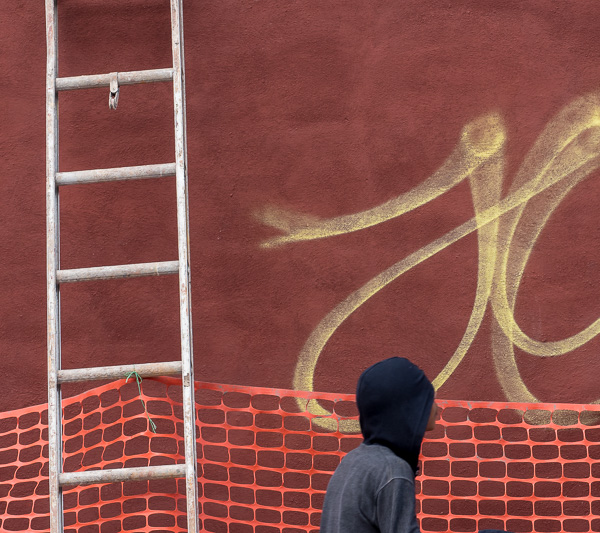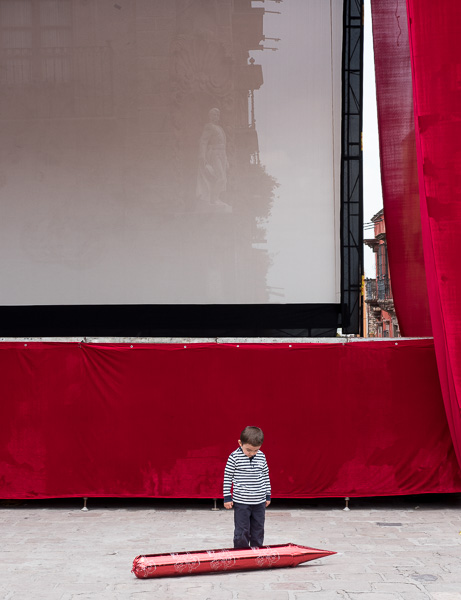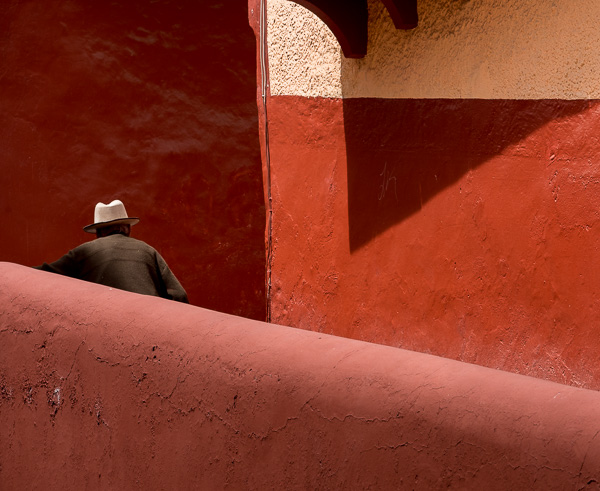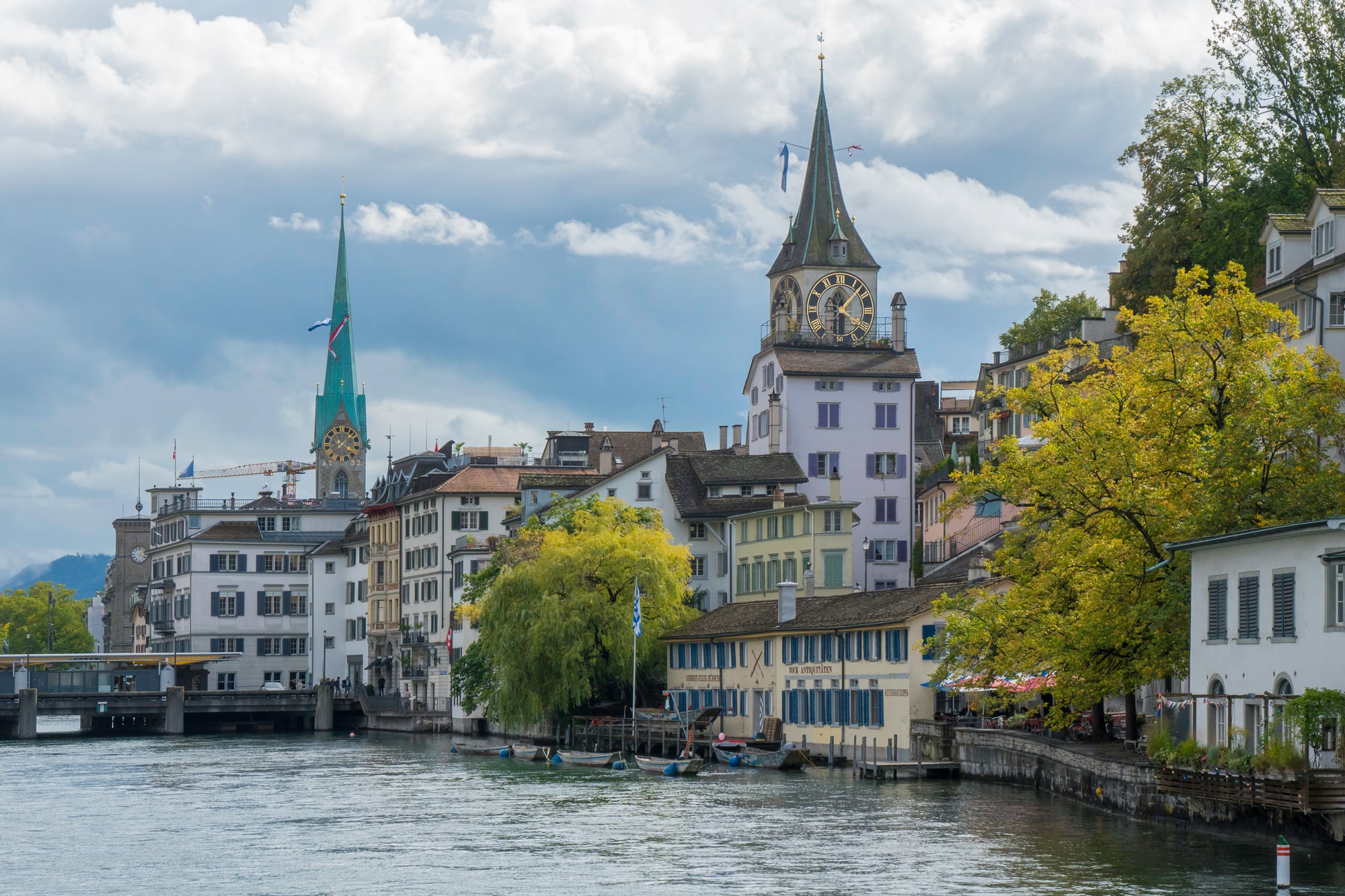

The Sony A9 III, displaying its revolutionary global shutter sensor.
2023 is done, and CP+ is coming up, so it’s time to review what has come out this year. Sony (yet again) snags a Technical Innovation award and Camera of the Year – and (yet again), it’s their sensors that put them over the top.
There have been two Holy Grails of high-end sensor design for years, and Sony got one of them this year. No, we still don’t have a 100 MP sensor without going to medium format, and we’re still a year or more away from that(see A Funny Thing Happened on the Way to the Sensor Fab – upcoming). We DO have a global shutter sensor in a reasonably mainstream camera, thanks to Sony – and that’s enough to earn a Technical Innovation award and Camera of the Year, even though the A9 III is largely a box for the groundbreaking sensor.
What the news of the A9 III reminds me of is the original Canon EOS-D30. It wasn’t a perfect camera and it still had a lot of rough edges – but it was enough to say “This is how all cameras are going to work in 15 years”. Well, that was true – I can’t think of a mainstream camera of today, from phones to Phase Ones, that doesn’t use the EOS-D30’s CMOS sensor technology.
It came into a world of CCD cameras, and it ushered in a world of CMOS cameras. We currently live in a world of scanning cameras – every mainstream (the weasel word is because of some high-end cinema cameras and the like) camera except the Sony A9 III reads data from the sensor one or a few lines at a time, moving from top to bottom, a “rolling shutter”. The A9 III can read out the ENTIRE SENSOR at the same time (“global shutter”), with several huge advantages.
If you’re reading the whole sensor at once, you don’t need a mechanical shutter, and there is incredible flexibility in shutter speeds and flash sync. The fastest mechanical shutter on any full-frame camera is 1/8000 second (although some cameras can also run a faster electronic shutter mode), and the fastest flash sync speed is 1/400 second.
Most modern cameras have a fast top shutter speed – if not 1/8000, at least 1/4000, which will freeze almost any action. Flash sync speeds, on the other hand, can always use speeding up. Only a very few cameras can sync faster than 1/250 second, and 1/125 is not uncommon, presenting challenges for fill flash in bright light. Even worse, many cameras have very poor flash sync speeds, as slow as 1/15 second, in electronic shutter mode, or won’t sync at all. The Sigma fp and fp L, which lack a mechanical shutter AND have slow rolling shutters, feature a 1/15 second flash sync in their fastest mode. Even an old Pentax 67 managed 1/30!!!
Global shutter essentially eliminates all such restrictions – the electronic shutter on the A9III runs as fast as 1/80,000/second, and flash sync is also 1/80,000 second.
The only limitation on the flash sync, ironically (after years of worrying about flashes being too FAST, so the shutter wasn’t fully open) is that the flash can’t be too SLOW. Flashes have durations ranging from around 1/100 second for some big studio strobes (especially older models) at full power to 1/10,000 second or faster for high-speed flashes designed to freeze action.
An image with a shutter speed too slow to capture the flash’s full duration will be evenly exposed (unlike a typical flash sync failure, where only part of the image is lit by the flash) – it will just be underexposed. Very few flashes will actually work at 1/80,000 second, but most should permit shutter speeds of 1/1000 or 1/2000 second, especially when not firing at maximum power.
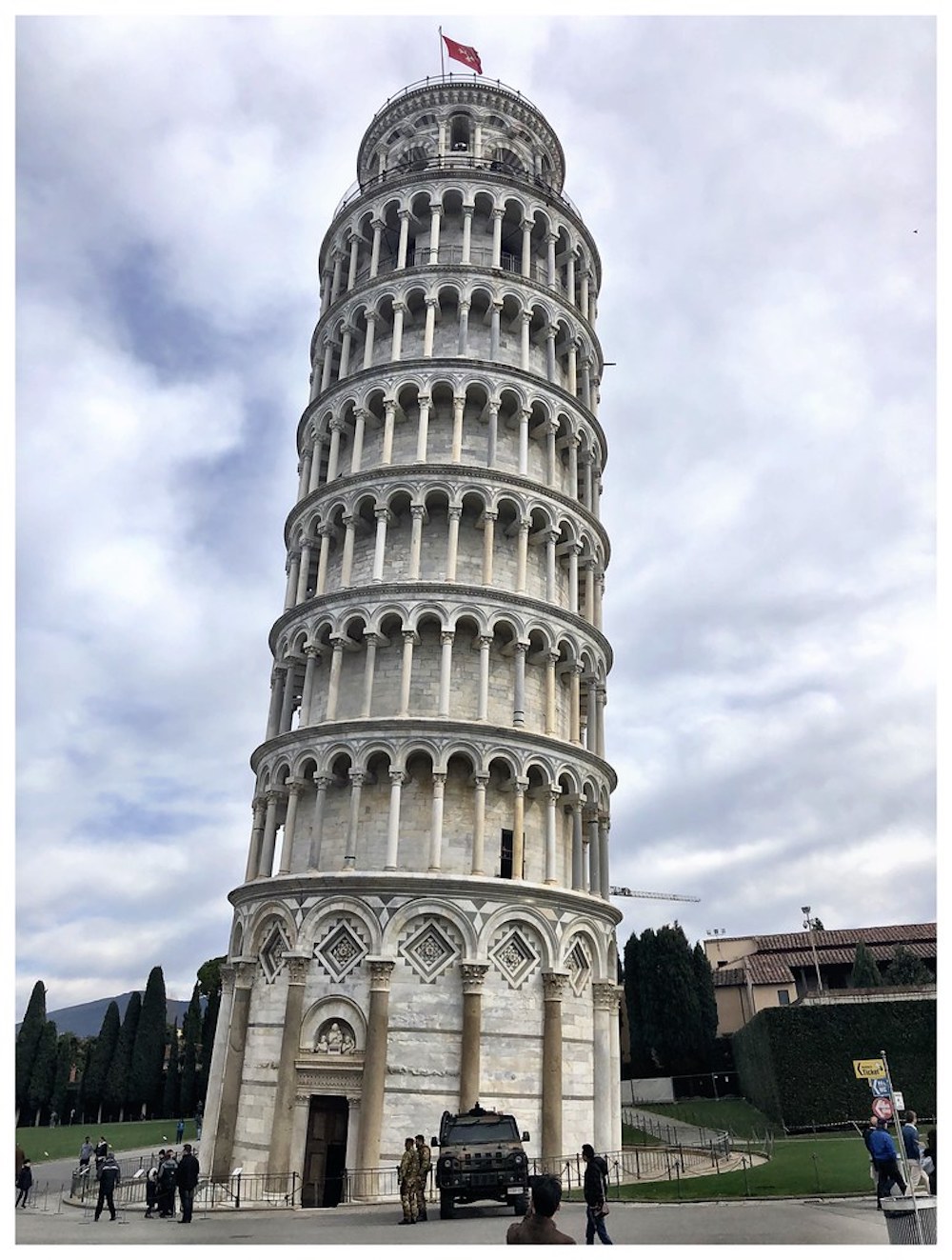

Rolling shutter effects can make ANY building resemble the Leaning Tower of Pisa. Image from flickr (photographer name provided as Alva, used under Creative Commons license)
Additionally, rolling shutters produce an odd effect when there are moving objects in a scene. The top of the object, be it a car, a bird, a runner, or a wave, will be exposed at a different time than the bottom of the object, leading to a weird stretching where things that are supposed to be round are oblong and vertical objects have weird leans.
Even more disconcertingly, if you’re panning to follow a moving object, STATIONARY objects become distorted – ordinary buildings resemble the Leaning Tower of Pisa (I’m not sure if you can straighten out the Leaning Tower by panning just right). The motion and panning problem is especially pronounced in video, although it can crop up in still images as well.
Any light that flickers (fluorescent, LED) can cause banding in the image if it is photographed with a rolling shutter. Some parts of the image will be exposed while the light is on, while other parts will be exposed with the light off. Global shutter eliminates the motion and panning problem entirely, and it makes significant progress in dealing with flickering lights. The flickering light problem is not eliminated, because, if the shutter has opened while the light source is off, you’ll get an exposure that doesn’t include the light.
If the exposure is long enough to capture one complete flicker cycle, you’re fine. Many modern light sources have flicker rates in excess of 1000 Hz, so there’s quite a bit of room to choose a shutter speed. Old fluorescent lights that flicker with AC power at 60 Hz are much more difficult to deal with – neither global nor rolling shutter handles them well (white balance doesn’t, either – they cause photographers multiple problems).
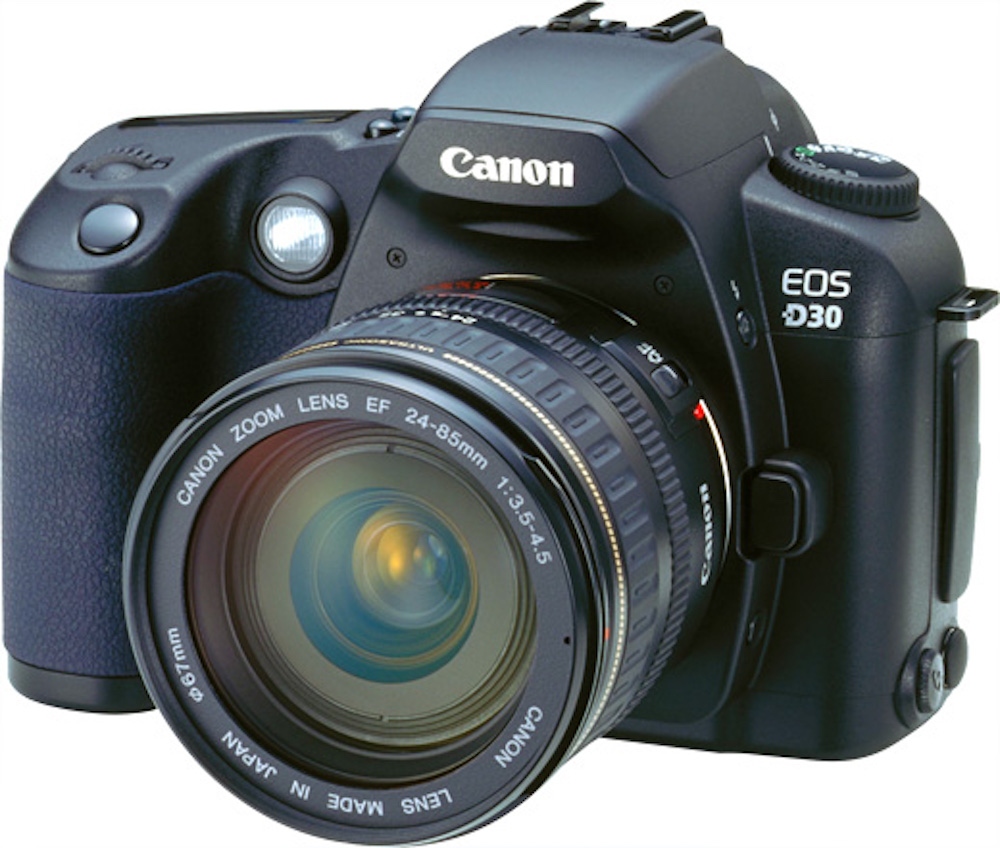

Remember me? The Canon EOS-D30 pioneered the use of a CMOS sensor in interchangeable- lens digital cameras. Sony may well have just achieved broken similar technological ground.
In 20 years, all cameras will work this way. Just like the original EOS-D30’s CMOS sensor provided a more attractive set of tradeoffs in many ways than contemporary CCD sensors, and it was obvious that a CMOS camera was a superior long-term solution, the same is true of global shutter. The D30 wasn’t superior in all ways to all competitors, but its progeny were.
Some contemporary DSLRs were higher resolution, while others had better autofocus, faster frame rates, or more professional build quality. CCD DSLRs were made alongside CMOS models for another several years, because they had some advantages, but CMOS was going to win in the end. The same is true of global shutter – it is not unequivocally better NOW, but it will improve and take over.


A Sony A9 III with the 24-70mm f2.8 G-Master. If you said that it looks just like every other mirrorless Sony from the past decade or so, you wouldn’t be wrong. Sony’s ergonomics have been remarkably consistent going back at least to the original A9 in 2017, and many design elements go back farther than that.
What about the lone global shutter camera we have today – the Sony A9 III? It is a remarkably quick, but also frightfully expensive 24 MP full-frame mirrorless camera. $6000 buys you a 24 MP full-frame sensor in a classically Sony body (if you love Sony ergonomics, you’ll love the A9 III – if not, you’ll still have the complaints you’ve always had).
It is actually one of the lower dynamic range 24 MP sensors on the market because the global shutter circuitry takes up space that other sensors use to collect light. The first image samples say that it’s about as good as a modern APS-C sensor of similar resolution – close to a stop behind the best 24 MP full-frame sensors.
It has a minimum ISO of 250 because those smaller detectors can’t handle as much light as big detectors on other sensors (technically, their full well capacity is relatively low). Unless you need its speed or the other benefits of the global shutter, it’s not a super-high image quality camera by modern standards – but that circuitry will shrink (or more of it will move behind the actual pixels – global shutter CMOS sensors are inherently also stacked) in future generations, allowing a higher ratio of active pixels to total sensor area(fill factor).
This one is a sports photographer’s camera – who else needs 120 fps with full-resolution raw so badly? It’s a very flexible video camera, too – with real advantages in fast-moving scenes. It’s not a landscape camera, a portrait camera, or a camera for a lot of other specialties. Neither was the EOS-D30. What the A9 III is, beyond its specialties for which it is the camera of today, is the camera that shows us what can be in the future.
Stay tuned this week for more of 2023 Luminous Landscape Awards.






